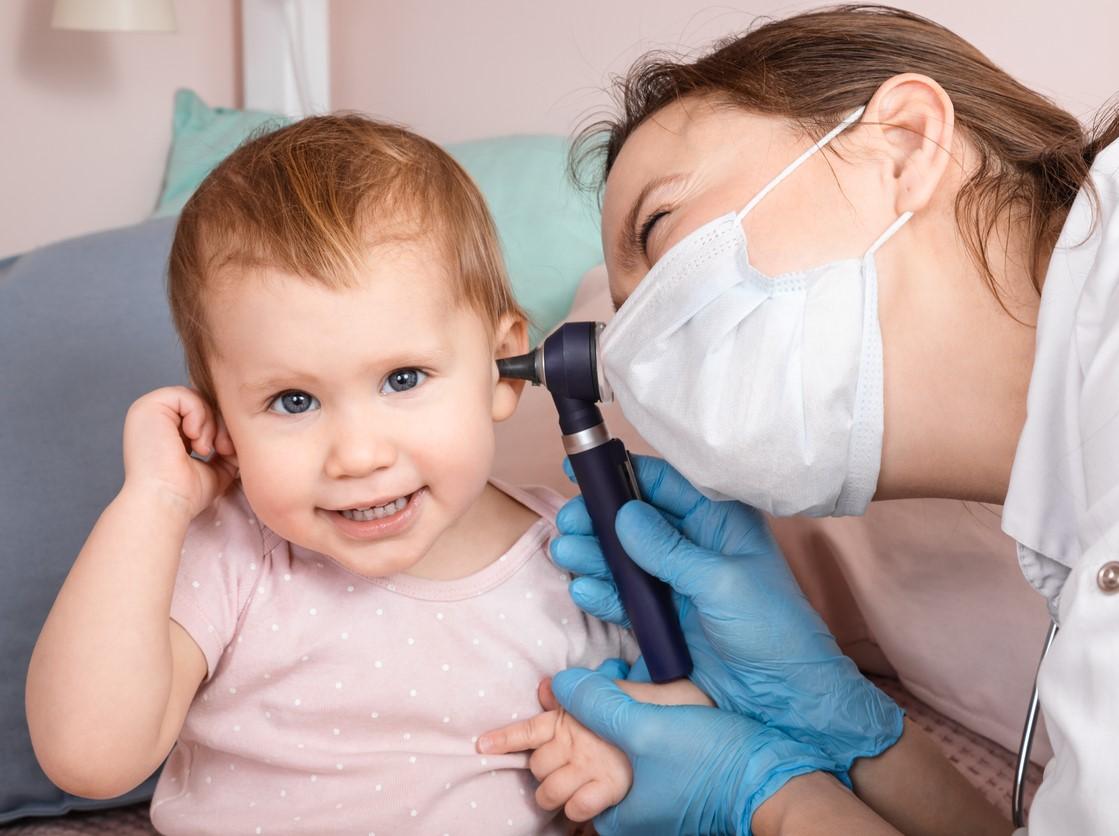The Coalition for Epidemic Preparedness Innovations (CEPI) announced over the weekend a clinical trial set to launch in the Democratic Republic of Congo (DRC) and other African countries, which will assess whether the Bavarian Nordic mpox vaccine can protect people against the disease after they have come into contact with the virus.
The trial will also assess if vaccinated individuals who contract mpox have more mild courses of illness.
Trial to include DRC households
The DRC is currently experiencing a large mpox outbreak, with more than 11,000 cases and 443 deaths reported, many in children. The trial will be conducted in households in the DRC, Uganda, and Nigeria with a laboratory-confirmed mpox infection. CEPI will enroll more than 1,500 participants over the age of 10 years.
Participants will receive either an mpox vaccine or a placebo, and infections will be assessed 4 weeks later. Severity of infections, including number of lesions, will also be monitored.
While healthcare workers typically vaccinate somebody before they are at risk of an infection, post-exposure-vaccinations allow for a more targeted approach, minimizing use of vaccine supply.
"While healthcare workers typically vaccinate somebody before they are at risk of an infection, post-exposure-vaccinations allow for a more targeted approach, minimizing use of vaccine supply. Here, individuals in high-risk groups—such as household contacts of an index case—are vaccinated to potentially reduce the risk of infection, improve survival odds and stop onward chains of transmission," said CEPI CEO Richard Hatchett, MD, in a press release.
















